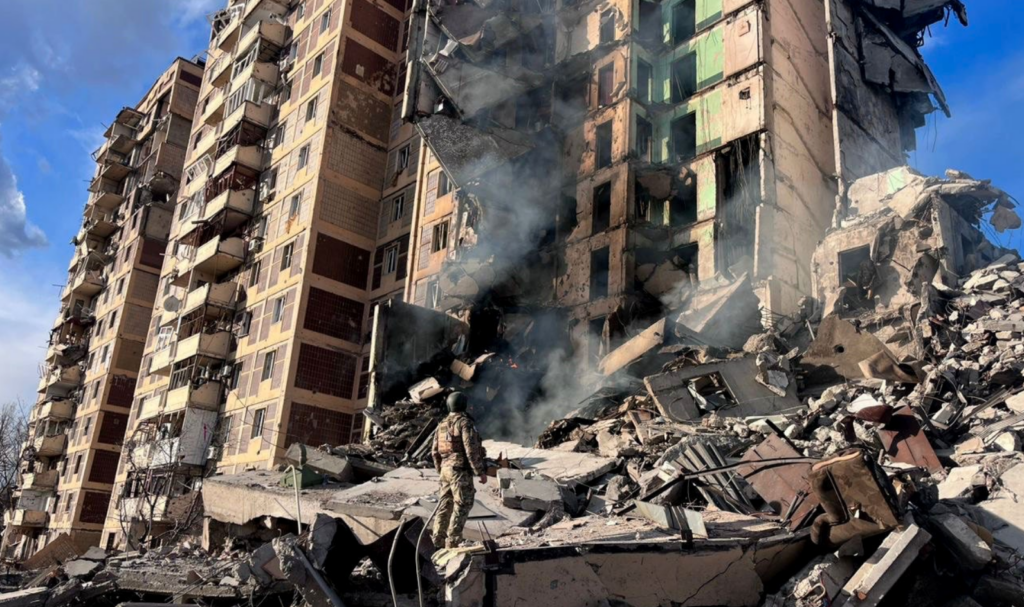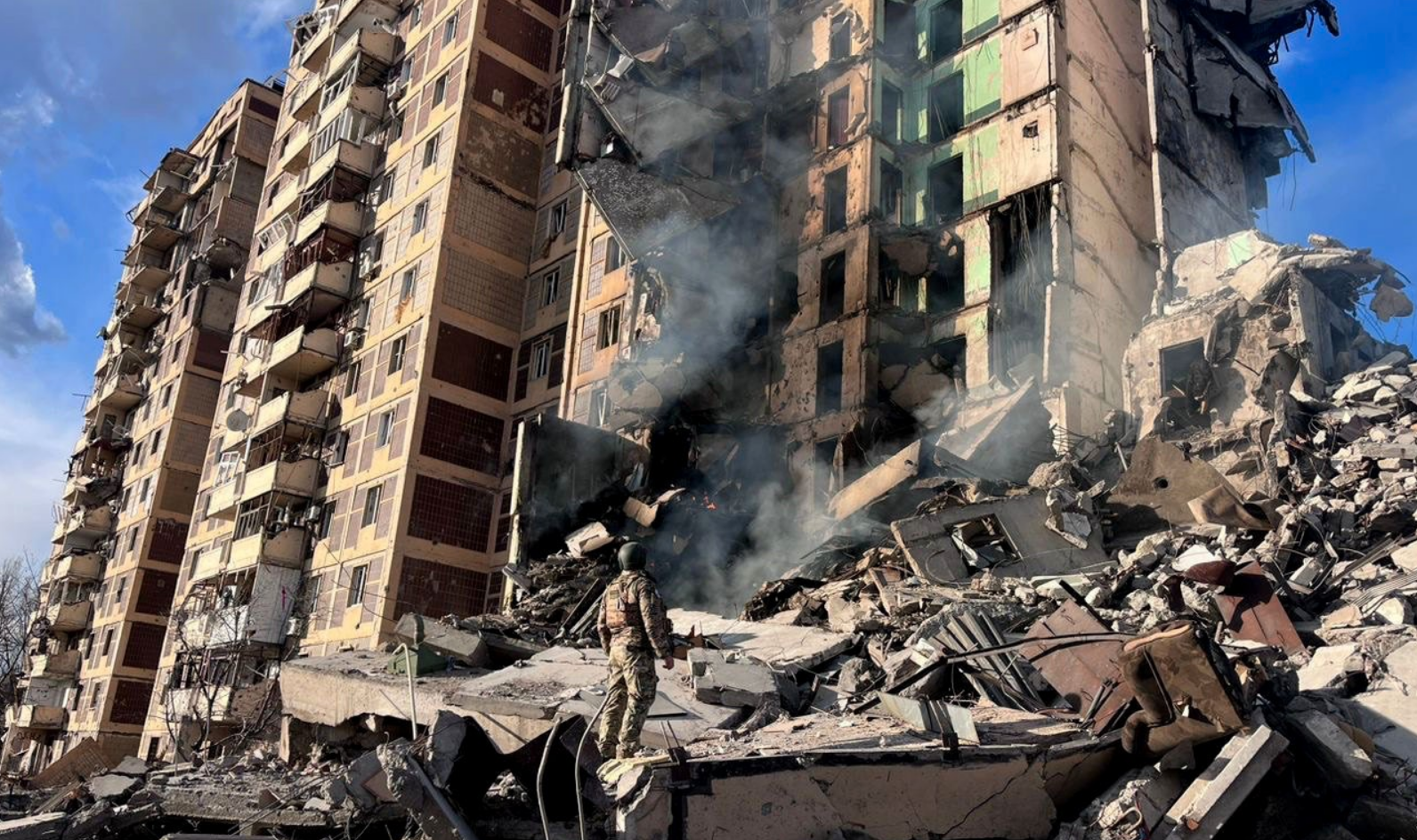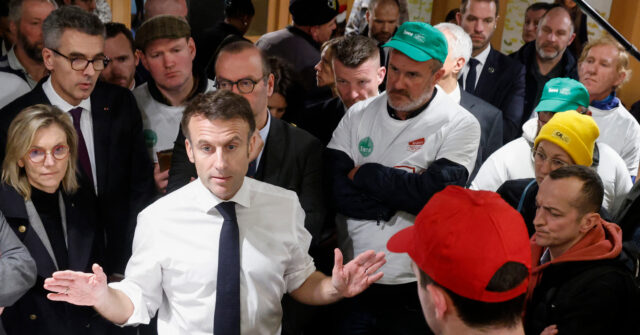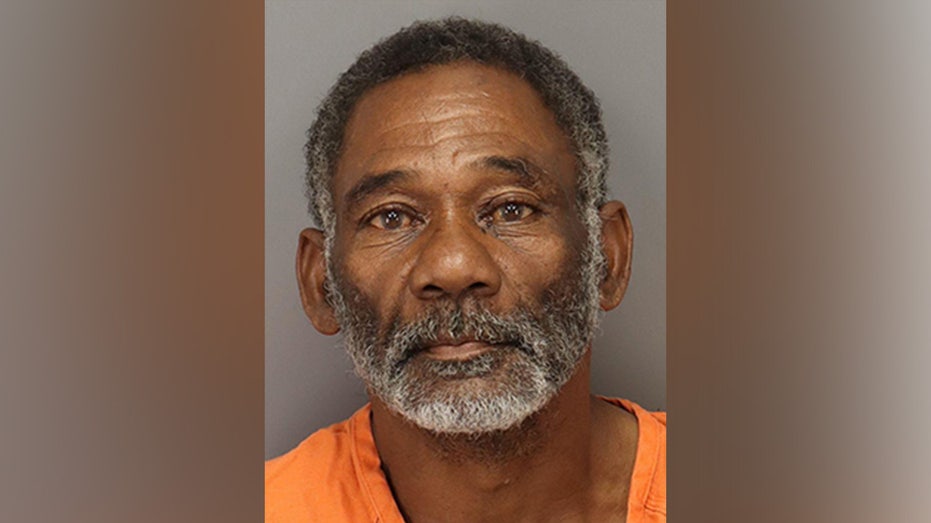What Really Happened in Avdiivka?
The war’s developments at this point are predictable, and favor the Russian cause. The post What Really Happened in Avdiivka? appeared first on The American Conservative.

What Really Happened in Avdiivka?
The war’s developments at this point are predictable, and favor the Russian cause.

The former commander-in-chief of the Ukrainian armed forces, General Valery Zaluzhny, assessed in October of last year that Ukraine would lose the war. It had reached a “stalemate” that favored Russia because such attritional wars are “beneficial to one of the parties to the conflict” and, in this case, “it is the Russian Federation” because of its superiority in numbers of both men and weapons.
That was also the fate Zaluzhny assessed for the town of Avdiivka. In December 2023, Zaluzhny said that the battle of Avdiivka would ultimately favor the larger side and that Russia “has the ability to concentrate its forces…. And they can make it so that in two-three months the town will have the same fate as Bakhmut,” which had already fallen to the Russians. Zaluzhny favored prioritizing the lives of his soldiers and withdrawing to more defensible positions.
That was not what Ukrainian President Volodymyr Zelensky wanted to hear from his top general. Zelensky favored staying on the offensive, advancing every day and holding Avdiivka at all costs. Zelensky demanded that the armed forces reclaim all Ukrainian territory lost since 2014, not lose more.
That disagreement led to Zaluzhny’s firing. Though there were likely other reasons, some of them political, Zelensky’s desire for “the same vision of the war” was a key one.
The same vision of the war was shared by General Oleksandr Syrsky, who had led the battle of Bakhmut—the very battle Zaluzhny invoked when predicting the fate of Avdiivka. Zaluzhny saw the stubborn fight for Bakhmut as a strategic miscalculation that was too heavy in losses of equipment and, more importantly, in lives.
Syrsky has a reputation as a commander who is close to Zelensky and who is less likely than Zaluzhny to challenge his orders. Bakhmut and other battles had also given him the reputation as a commander who is “willing to engage the enemy, even if the cost in men and machines is high.” His reported willingness to put “his men in danger to reach his military goals” has earned him the nicknames “Butcher” and “General 200,” 200 being the code for a soldier’s corpse.
Zelensky’s choice of Syrsky over Zaluzhny was a choice to maintain and repeat the Bakhmut strategy that Zaluzhny had rejected in Avdiivka.
Zelensky reportedly ordered Syrsky to prevent the Russian capture of Avdiivka as he left Kiev to attend the February 16 Munich Security Conference. On February 11, just three days after assuming command, Syrsky ordered that city’s reinforcement and defense. Syrsky sent in the 3rd Separate Assault Brigade, one of the best armed, best trained, and most successful brigades in the Ukrainian Armed Forces.
Yet events unfolded exactly as Zaluzhny had feared and foretold. The military analyst Stephen Bryen reports that some of the brigades Syrsky sent to Avdiivka gathered and organized in the nearby town of Selydove. Bryen says the Russian military discovered they were there and struck with missiles, killing between 1,000 and 1,500 Ukrainian soldiers before they even arrived in Avdiivka.
When the 3rd Separate Assault Brigade did arrive in Avdiivka, they found a situation that was desperate. The Ukrainian soldiers were trapped under heavy bombardment and under skies in which Russia had attained complete air superiority. The elite assault brigade reportedly discarded Syrsky’s orders and retreated. Some reportedly surrendered.
On February 17, Syrsky ordered the withdrawal of Ukrainian troops from Avdiivka. “Based on the operational situation around Avdiivka, in order to avoid encirclement and preserve the lives and health of servicemen,” he said, “I decided to withdraw our units from the city and move to defense on more favorable lines…. The life of military personnel is the highest value.” That’s exactly what Zaluzhny had advised Zelensky to do.
Bryen reports that Zelensky was furious and that “there were angry phone calls from Munich to Syrsky.”
The ordered withdrawal did not go well. Zaluzhny had requested a planned and orderly retreat. Zelensky and Syrsky’s doggedness had not allowed for such a plan, and now the withdrawal was executed in disarray. The already costly loss became a disaster.
Russia’s Defense Minster Sergei Shoigu reported to President Vladimir Putin that the Ukrainian armed forces “retreated in a hasty and chaotic manner” and that “they left behind many wounded soldiers who became our POWs.” He added that “a lot of weapons were left behind as well.”
Confirmation of that report slowly trickled out in the Western media, and then became worse. CNN at first reported that the withdrawal had been “relatively controlled.” But they then added that, although “the withdrawal was carried out in accordance with the plan that had been developed,” as Shoigu had told Putin, “a number of Ukrainian servicemen were taken prisoner at the final stage of the operation, under pressure from the enemy’s superior forces.” There were “indications,” CNN reported, that “not all Ukrainian units were able to escape an ever-tightening noose.”
Days later, the extent of the disaster was becoming clearer. That “number of Ukrainian servicemen” was now numbered in the hundreds. The New York Times was reporting that senior Western officials were saying that “hundreds of Ukrainian troops may have been captured by advancing Russian units or disappeared during” what they now were calling “Ukraine’s chaotic retreat from the eastern city of Avdiivka.” The Times called it “a devastating loss.”
But even “hundreds” may have been underreporting. Further down in the article, the Times states that “soldiers with knowledge of Ukraine’s retreat estimated that 850 to 1,000 soldiers appear to have been captured or are unaccounted for.” There are unconfirmed reports of even higher numbers of dead and wounded.
Ukrainian officials say these numbers “appear to be exaggerated,” claiming the number of soldiers taken prisoner is “closer to 100.” They acknowledge, though, that “the situation is still severe, with many left behind.”
Some Ukrainian soldiers and Western officials say “the Ukrainian withdrawal was ill-planned and began too late,” according to the Times. They say that “a failure to execute an orderly withdrawal, and the chaos that unfolded Friday and Saturday as the defenses collapsed, was directly responsible for what appears to be a significant number of soldiers captured.” Ukrainian soldiers said “that some units pulled back before others were aware of the retreat. That put the units left behind at risk of encirclement by the Russians.”
We know that Zelensky replaced Zaluzhny with Syrsky. Less reported is that, at the same time, Zelensky replaced his entire general staff. This turnover included the appointment of a new Chief of General Staff for Ukraine’s Armed Forces and new deputy chief positions on the general staff. The replacements seem to have signaled a decision to stay the course, stay on the attack and fight for every inch of land. Perhaps unsurprisingly, the decision to maintain the same strategy has led to the same results. Ukraine is losing the war at a great cost of lives.
If Ukraine is to attain its goals—independence, security, freedom to turn to the West and join the European Union—it may need to change more than generals. It may need to cashier generals for diplomats.
The post What Really Happened in Avdiivka? appeared first on The American Conservative.
What's Your Reaction?
















